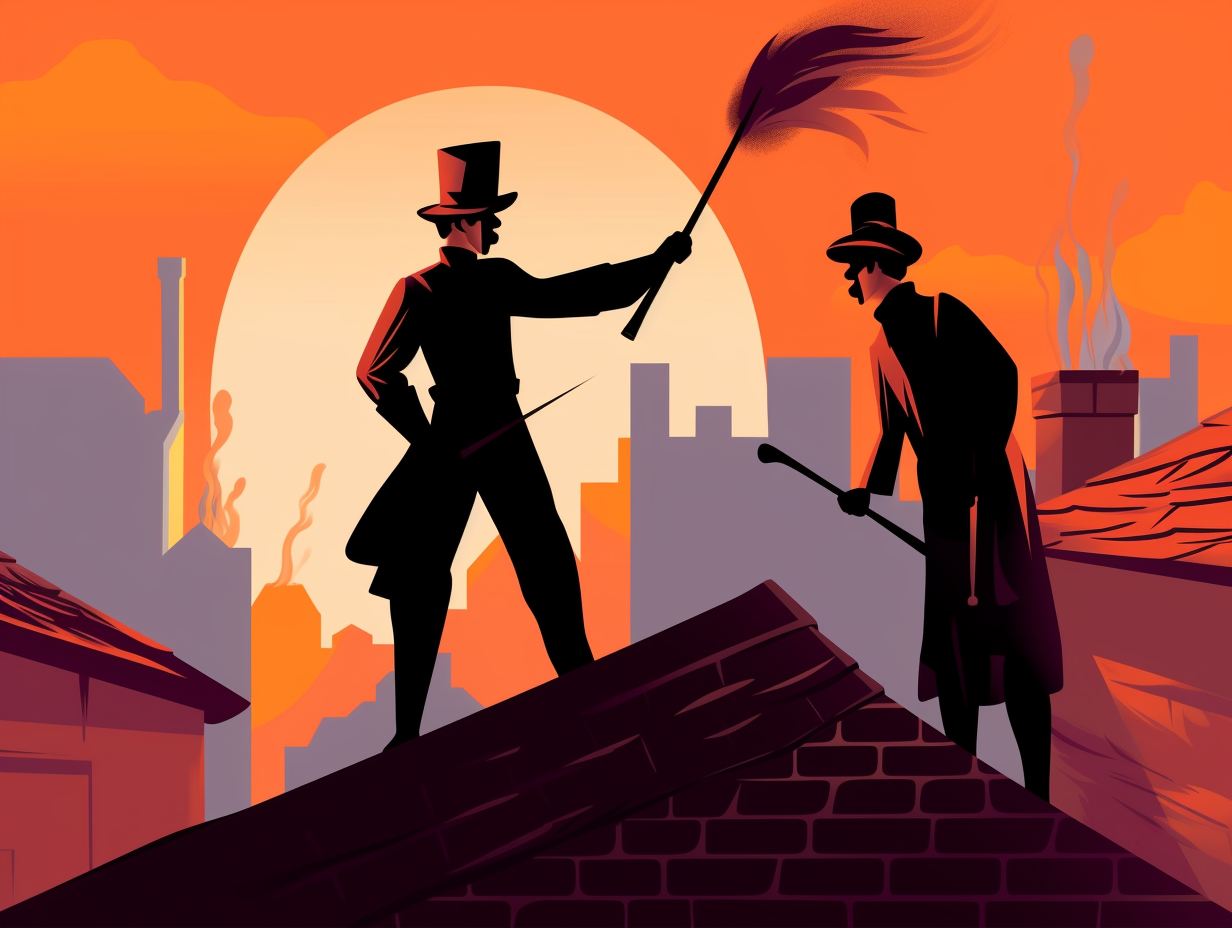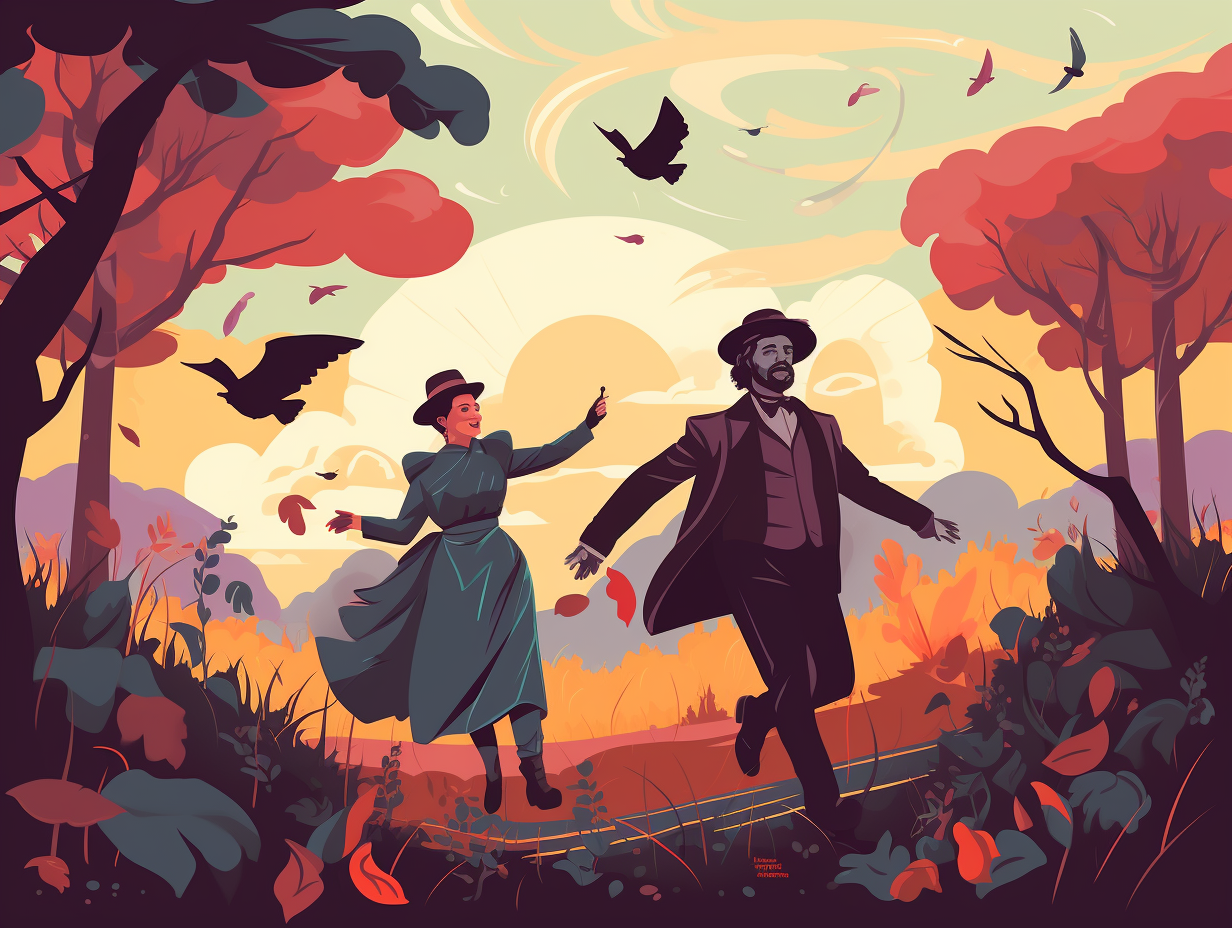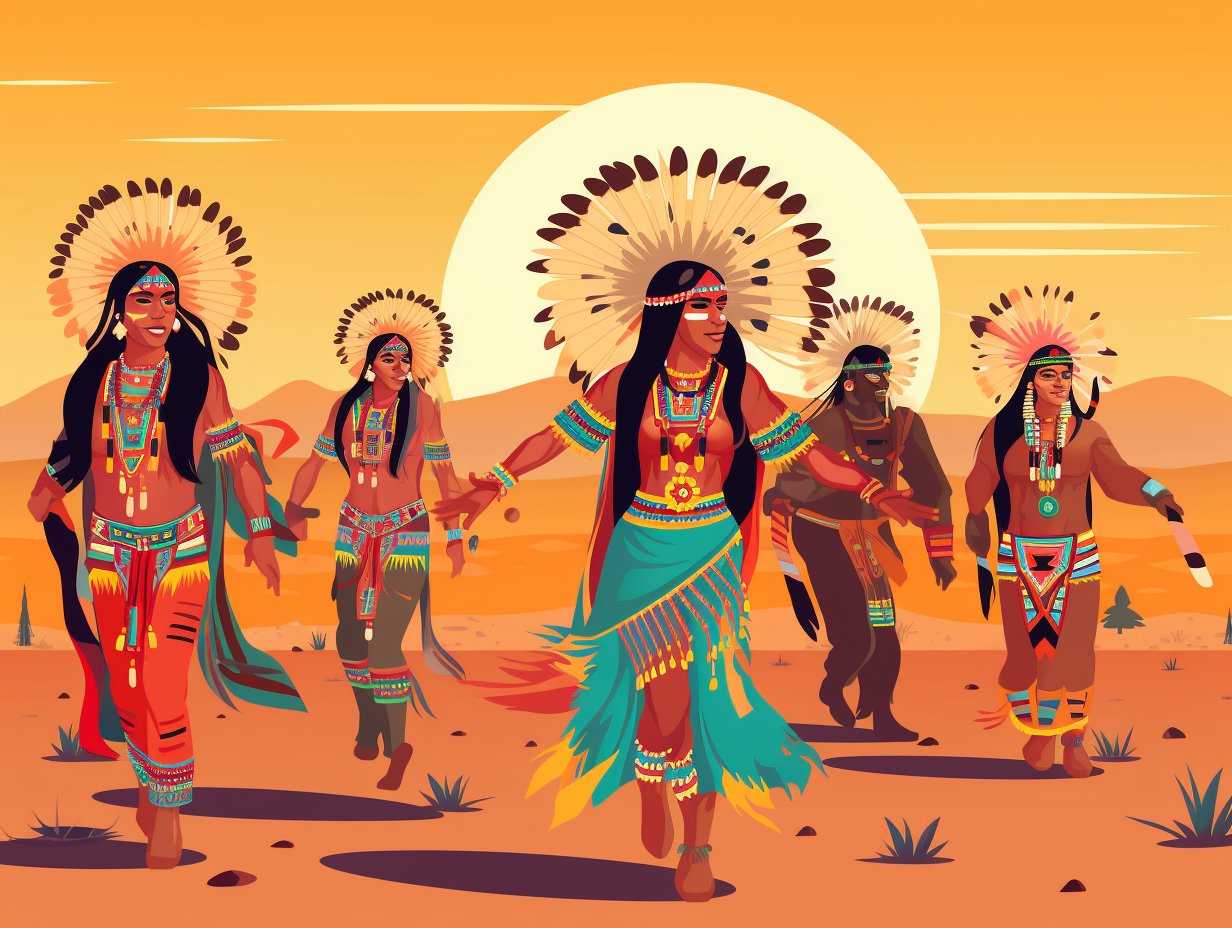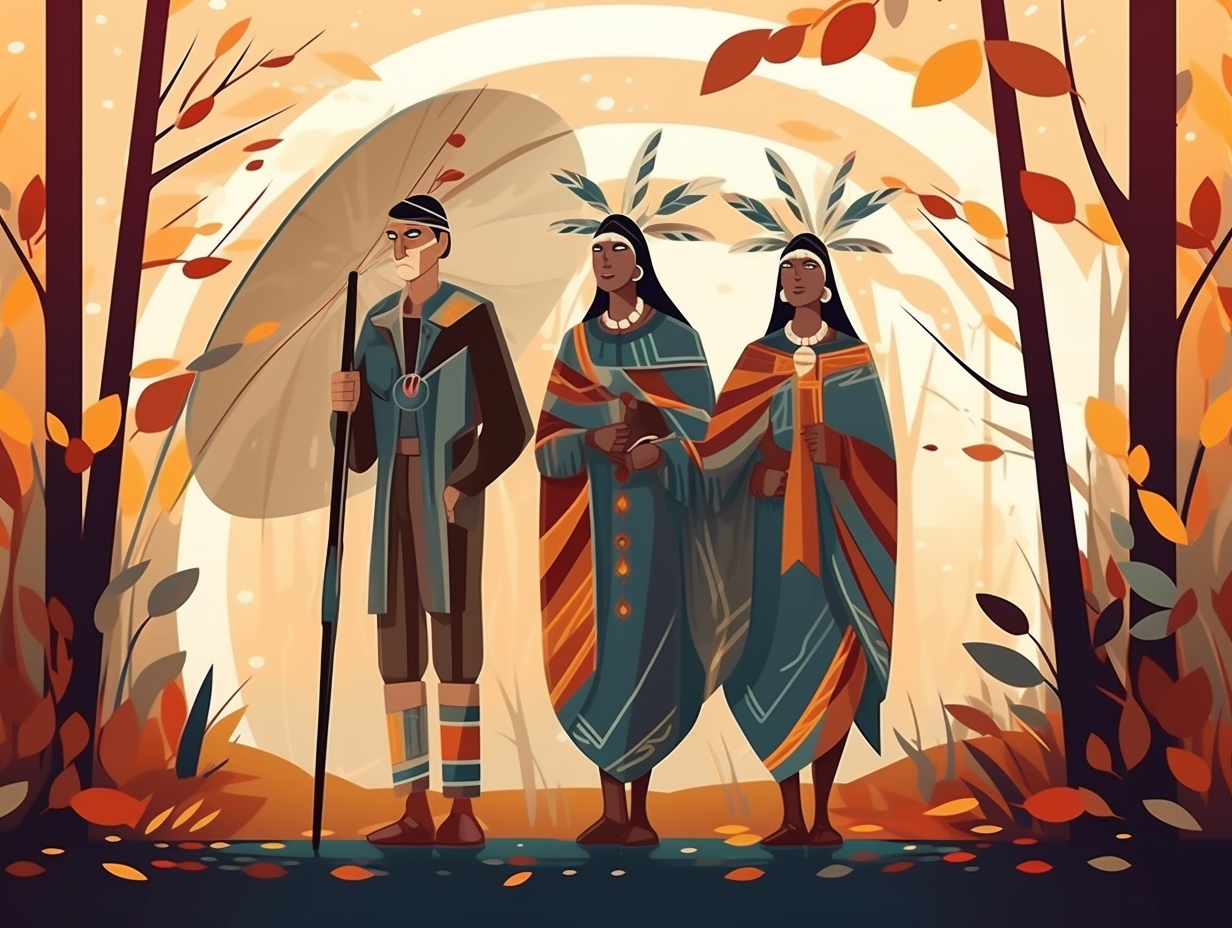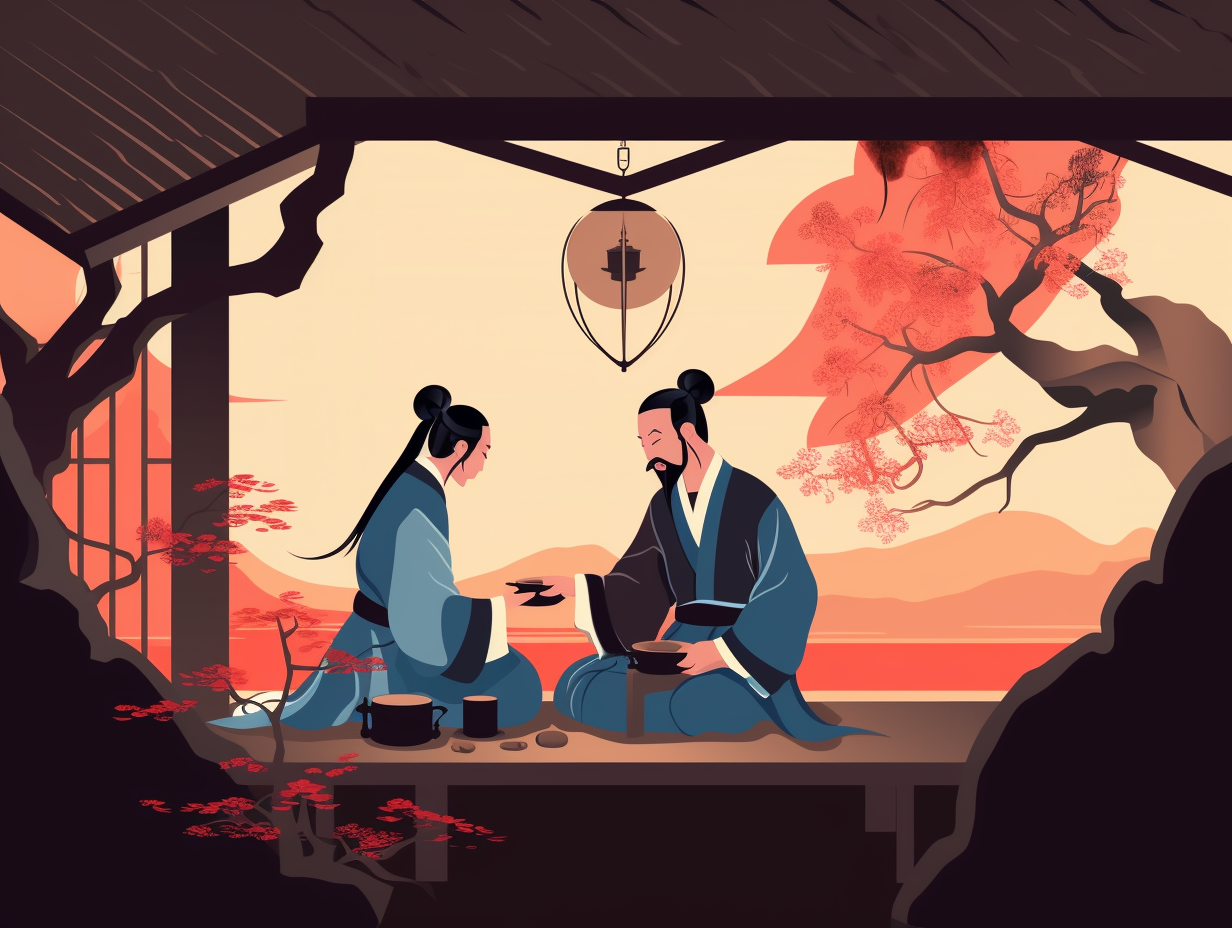Discover the Shadows: Top 7 Amazing Fun Facts About Ninjas You Never Knew!

1. Buddhist Rebels: The Real Ninja Origin
Who needs ninjas in pyjamas when they've got Buddhist rebels on the run? Hold onto your throwing stars and get ready for a surprise: The true origins of ninjas date back to 7th century A.D., where devout Buddhists in Japan fled into the mountains near Kyoto to escape religious persecution, and eventually, they evolved into martial family structures that gave birth to the ninjas we know and love today.
Source => en.wikibooks.org
2. Ninja Fashion: It's Not All Black
Contrary to what your high school emo phase led you to believe, ninjas didn't just dress in black or navy blue, brooding in the shadows and only emerging to pen cryptic angst-filled poetry: In actuality, these stealthy assassins wore a variety of colors, including matte blue, brown, green, and gray, to seamlessly blend in with their surroundings during different times of the day and under varying weather conditions, while avoiding black due to its conspicuousness even in dim light.
Source => 6dragonskungfu.com

Did you know that during the Prohibition era, speakeasies were cleverly hidden as barbershops, grocery stores, and soda fountains? Discover the secret passwords and hand signals used to access these forbidden watering holes!
=> Fun Facts about Speakeasies
3. Smokin' Ninja BBQ: The Stealthy Cookout
"What's cookin', ninja?" No, we're not talking about Raphael and Michaelangelo's underground barbecue, but rather the stealthy art of smoky meat preparation: The Traeger Grills Ironwood 650 Wood Pellet Grill and Smoker and the Weber SmokeFire EPX6 STEALTH Edition Grill offer you a way to savor delicious, smoky-goodness from your meats while keeping your cookout hidden like a true ninja—using wood pellets and low temperatures for a slow-cook that would make any shinobi proud.
Source => homesandgardens.com
4. Kuji-Kiri: The Macarena for Ninjas
Don't call your sensei just yet: ninjas weren't actually the mystical, magical beings they're often portrayed as. In reality, the witty assassins used a meditative technique called Kuji-Kiri, involving precise hand signs, to induce the mental states needed to excel in espionage, sabotage, and other graceful acts of skullduggery – think of it as a less complex version of the Macarena for ninjas! A study by Mie University in Japan revealed that Kuji-Kiri helped ninjas achieve heightened awareness, relaxation, and anxiety reduction, proving that ninja abilities were rooted in reality, not mysticism.
Source => ancient-origins.net
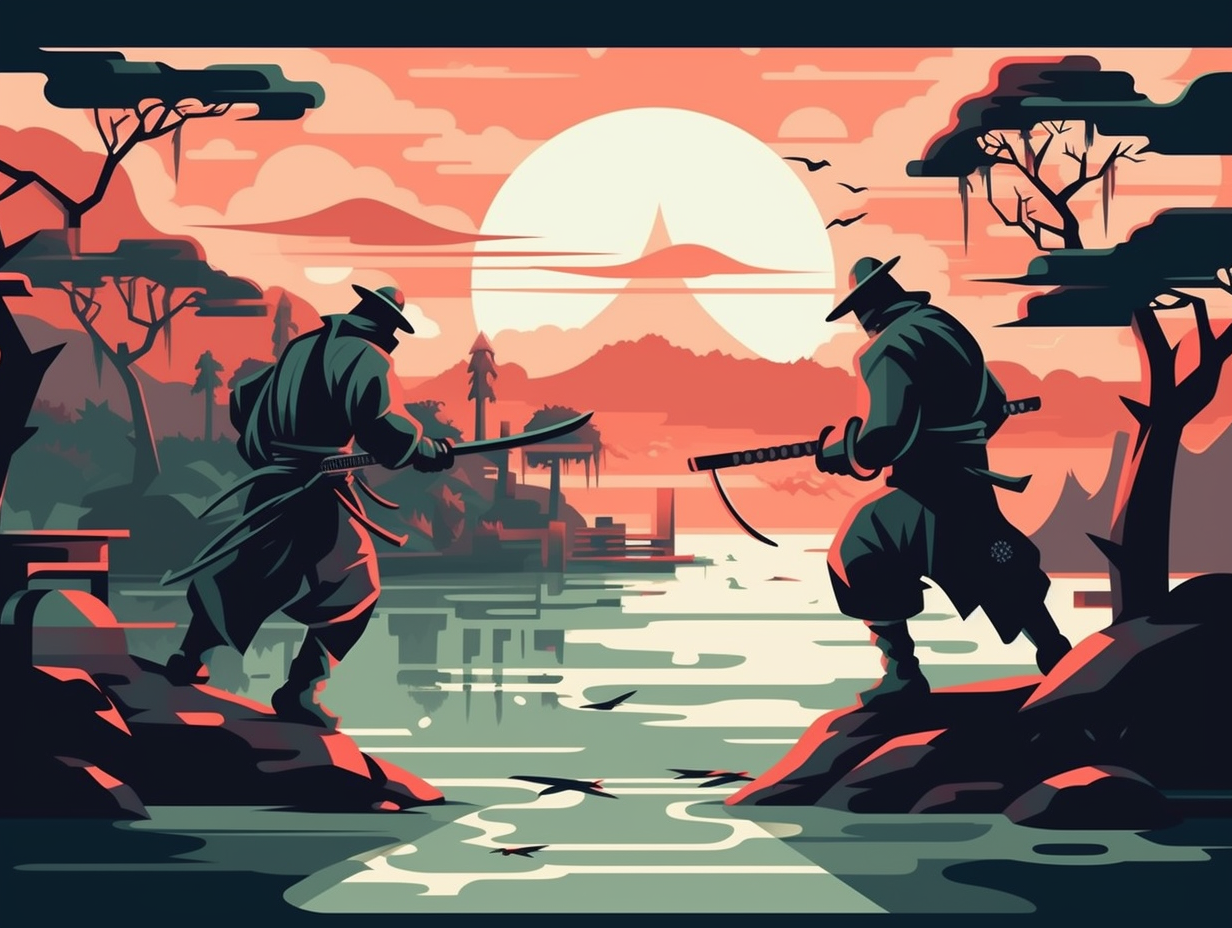
5. Color Pop Ninjas: Cherry Blossom Spies
Rumor has it that ninjas were the original emo kids, donning all-black outfits and hiding in the shadows; however, some flipped the script and went full-on color pop: The Iga clan, for instance, wore brightly colored red uniforms and blended in with cherry blossom groves come springtime, their unconventional choice of attire proving remarkably effective at aiding their sneaky, intelligence-gathering adventures.
Source => sofrep.com
6. Ninja Turtles: Named After Renaissance Geniuses
Believe it or not, the iconic sewer-dwelling turtles with a penchant for pizza and ninjutsu had a little more going for them than just artistic flair; they shared their names with some formidable Italian Renaissance masterminds: Donatello, Leonardo, Raphael, and Michelangelo were not only celebrated artists, but also inventors, engineers, and polymaths of their era. In fact, Kevin Eastman and Peter Laird, the creators of the Teenage Mutant Ninja Turtles, chose their names as a nod to these multifaceted geniuses and their remarkable talents.
Source => carpediemtours.com
7. Kama: From Farm Tool to Ninja Weapon
Kama Sutra of agriculture: Once a humble Japanese farming tool for cutting crops, the kama was ninja-fied, becoming a lethal weapon in martial arts known for its versatility in blocking, trapping, and disarming opponents. This multitasking wonder-weapon inspired variations like the kusarigama and Kyoketsu Shoge, spreading its sharp influence across Asia.
Source => en.wikipedia.org
Related Fun Facts

